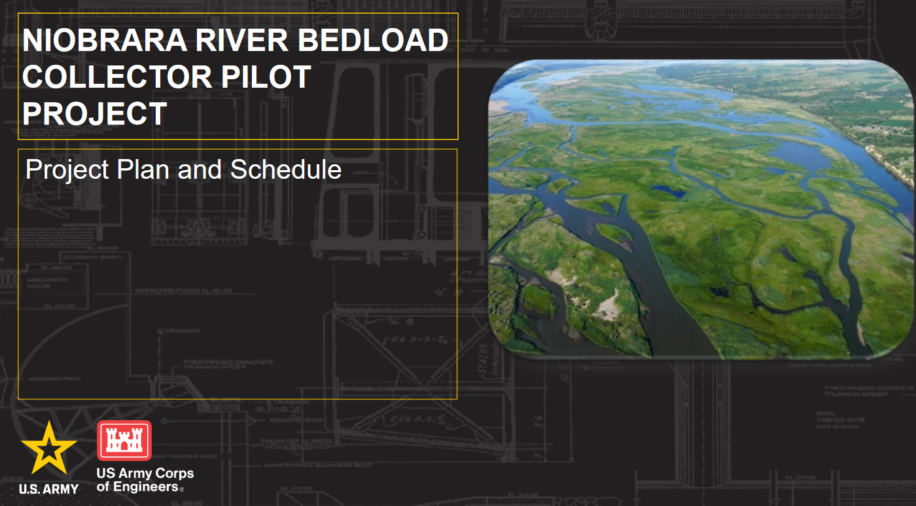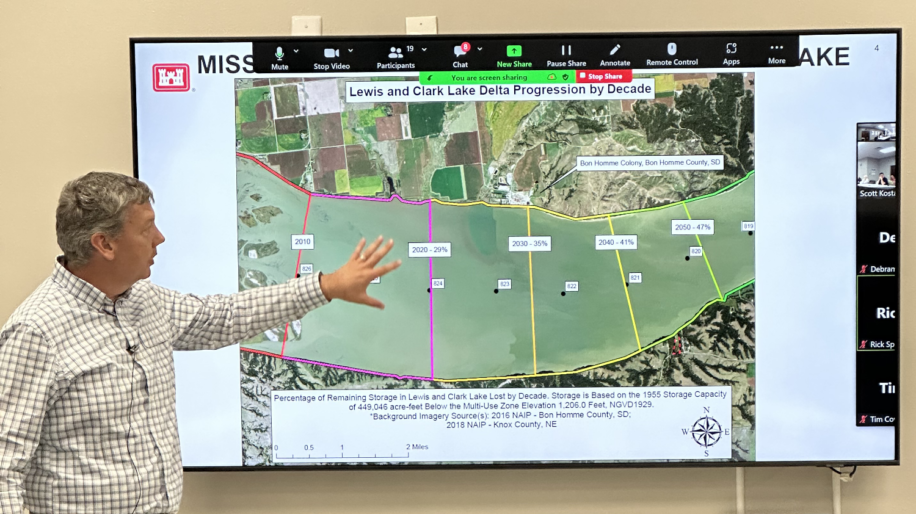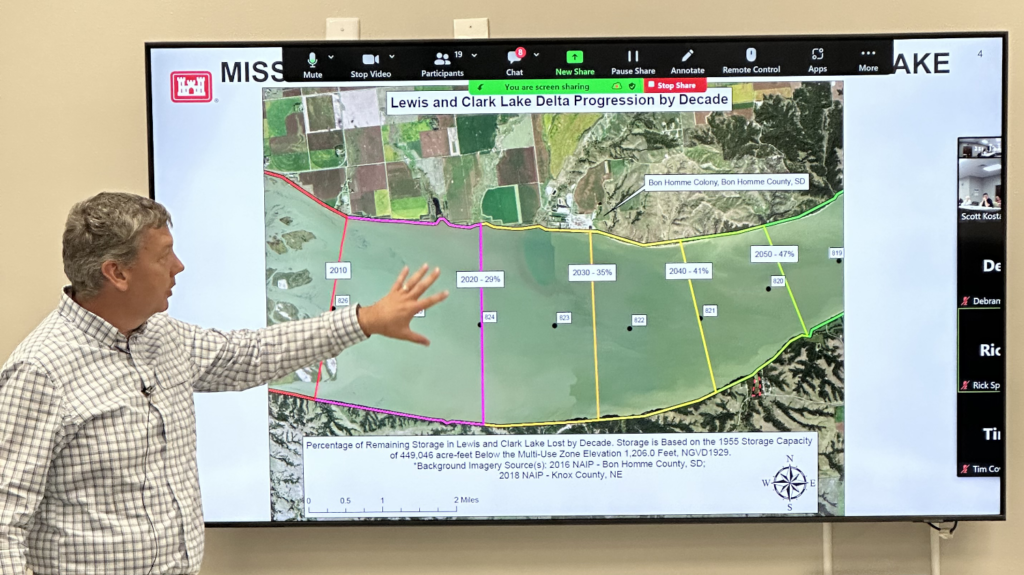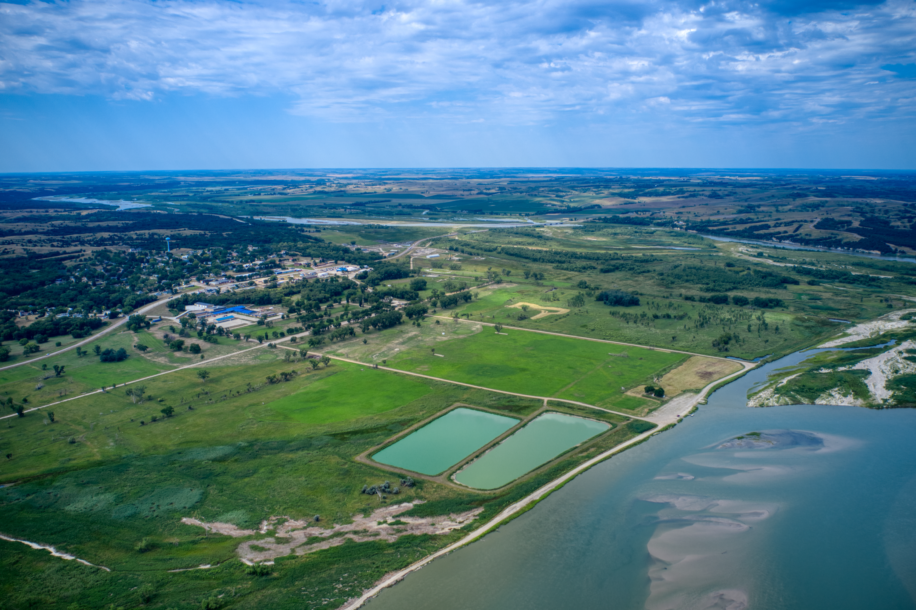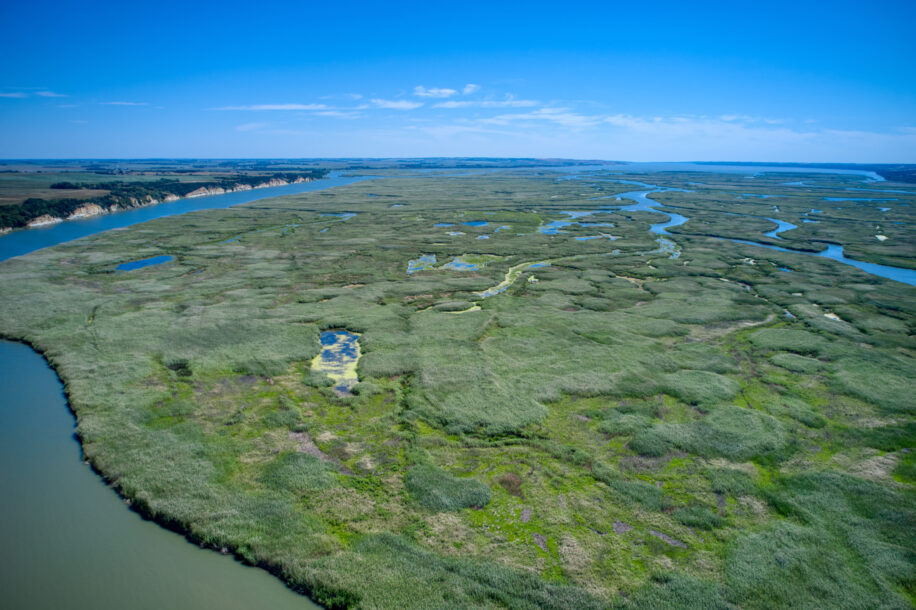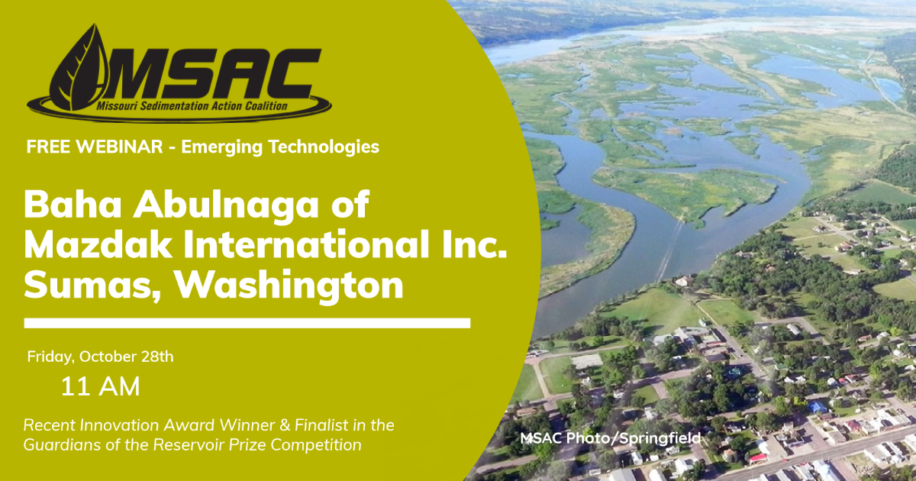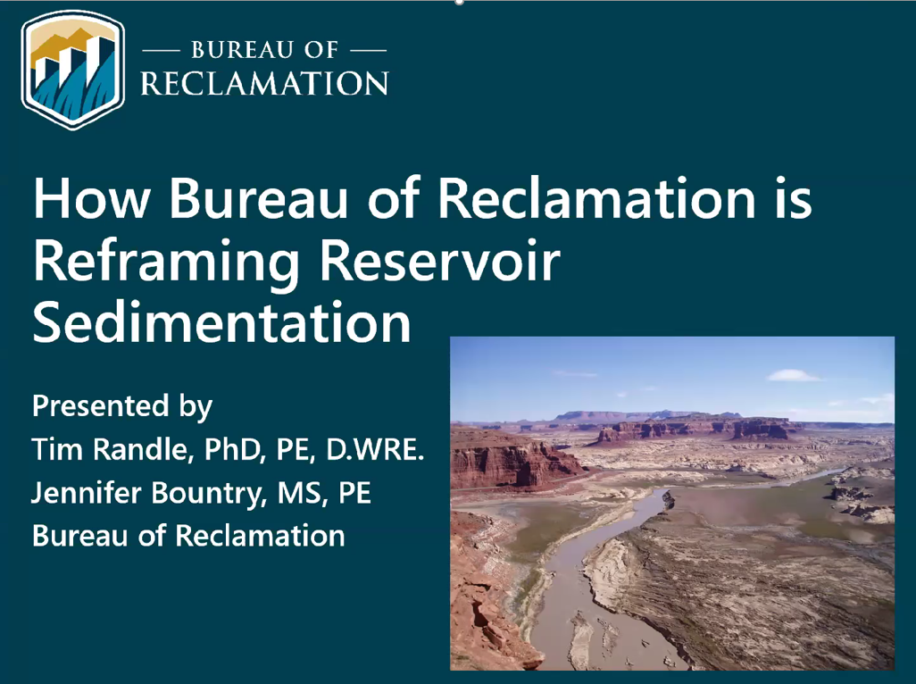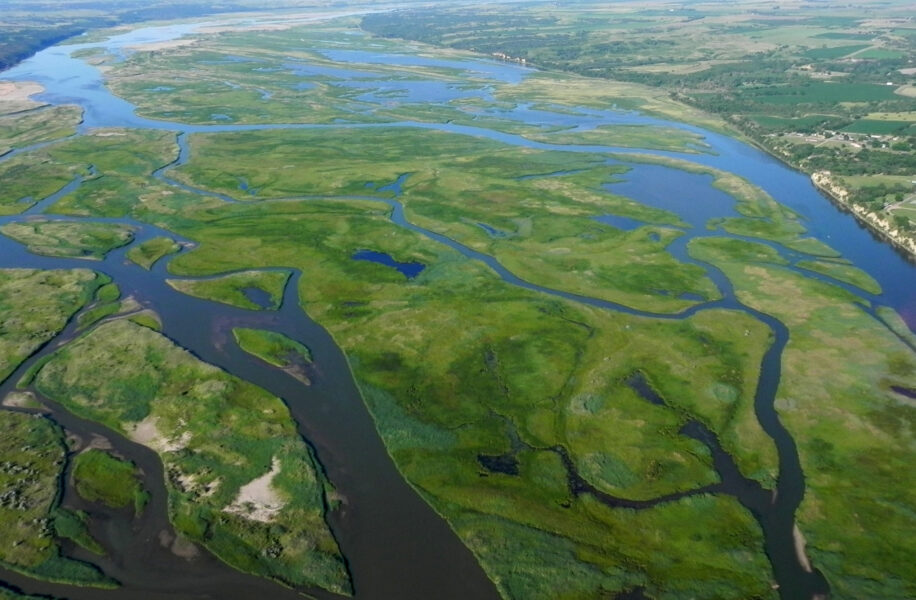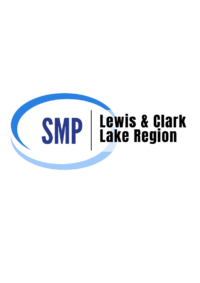SAVE THE DATE!
Exploring the recreational value produced by the Lewis and Clark Lake Region
to spark discussion at MSAC’s Annual Meeting
Join the Missouri Sedimentation Action Coalition for its 24th Annual Membership Meeting scheduled for 10 a.m., Wednesday, May 14, 2025, at the United Way building in Yankton at 920 Broadway Avenue.
The meeting is free and open to the public. Interested people are encouraged to attend.
For nearly six years, MSAC and a group of local stakeholders have partnered with the U.S. Army Corps of Engineers (USACE) – Omaha District, to examine solutions to ongoing sedimentation problems that affect a wide area of the river corridor around Lewis and Clark Lake, created by closure of Gavins Point Dam near Yankton. At the end of 2023, USACE delivered the Phase 2 report of this sediment management plan study, which included a look at the economics related to ongoing sedimentation of the lake and upstream delta. Exploring the value of benefits including recreation related to Lewis and Clark Lake and the region will be a discussion topic at the May 14th annual meeting. In 2024, USACE with MSAC logistical support conducted a bedload collector pilot project on the Niobrara River for one week in September. Next steps for Sediment Management Plan development including Phase 3 will also be discussed at the annual meeting.
Watch for an agenda and further details at MSAC’s website: www.keepitwater.org. A registration link is available at the top of this page to request the Zoom link to connect to the meeting remotely on May 14.
Additional business for MSAC’s annual meeting includes a Board of Directors member election. MSAC’s Board of Director members with terms expiring are: Butch Becker, of Yankton, Class IV – Individuals, Brian Hunhoff, of Yankton, At Large, and Randy Holmquist, of Mitchell, representing Class III-Commercial.
MSAC, a 501c3 nonprofit organization, was organized in 2001. It is dedicated to educating the public and to promoting the intelligent use of all available programs and funds to alleviate the sedimentation-caused problems of the Missouri River main-stem reservoirs. MSAC supports a sustainable approach to reservoir management, envisioning doing what is necessary to extend the storage capacity of the reservoir as far into the future as possible recognizing the value of our most precious resource – water.



